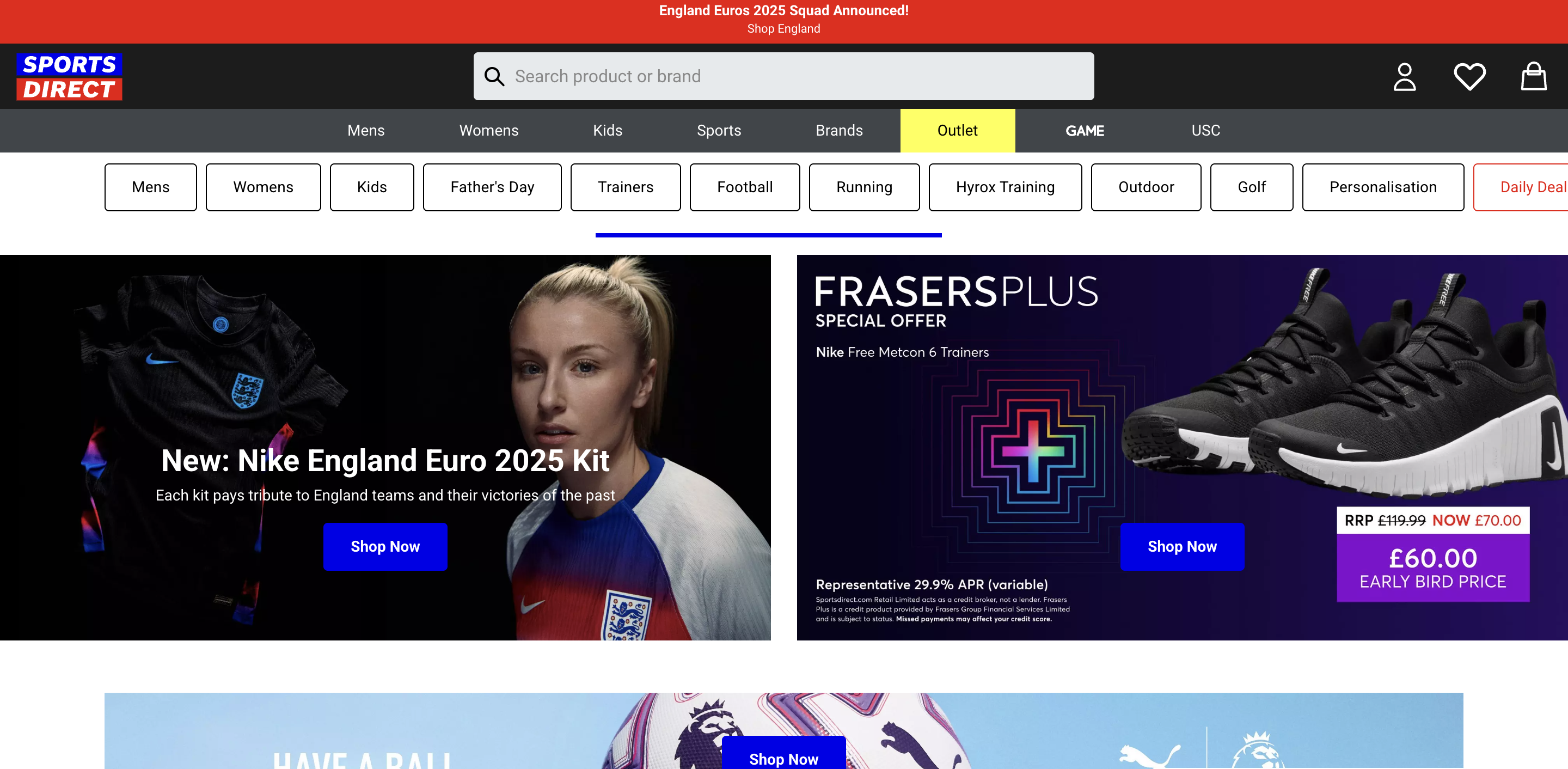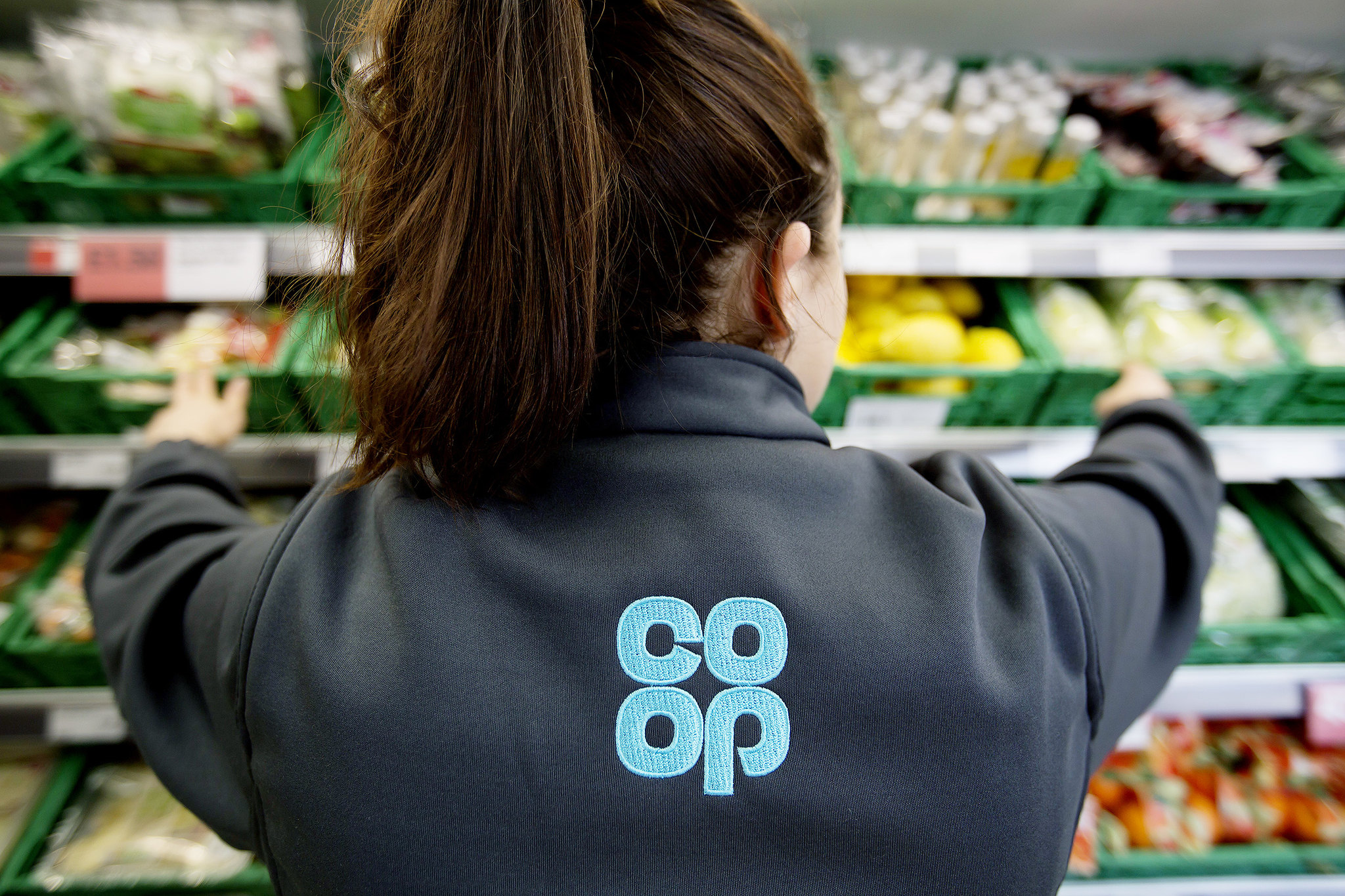Earlier this week, retail giant Next snapped up fashion and homeware retailer Cath Kidston out of administration for a sum of £8.5 million.
The vintage clothes retailer joins the list of prominent but troubled retail brands, including Joules and Made.com, which the retail giant has saved.
As part of the deal, Cath Kidston’s online domain will also be licensed back to administrators, for a period of up to 12 weeks to clear stock, prior to the brand’s relaunch under the ownership of the omnichannel retailer.
Commenting on the acquisition, Zelf Hussain of PwC, who was appointed as joint administrator alongside Rachael Wilkinson said the company has over recent years “navigated through incredibly challenging market conditions including the pandemic restrictions and most recently the decline in consumer spending driven by cost of living pressures and rising costs.”
But, what actually went wrong with Cath Kidston, to end up in administration?
Click here to sign up for our newsletter
A series of events
In 1993, antique curtain dealer Cath Kidson opened her eponymous brand in Notting Hill, London, investing a third of her £15,000 of her start-up budget on creating a floral print for her now, well known fashion and homeware brand.
Six years later, the company opened its second London site in Chelsea, before opening its flagship store in Marylebone in 2004.
In the next few years the brand opened its first international store in Tokyo, launched a kidswear range and the owner received an MBE for her services to business.
In 2010, Kidston sold a majority stake of her eponymous brand to US private equity investors TA Associates, retaining a minority stake and remaining as the firm’s creative director.
In 2011, Cath Kidston appointed Kenny Wilson as its CEO, a position he held until July 2018. In the next year, sales exceeded £100mn for the first time.
Cath Kidston celebrated reaching £100mn in sales for its 20th anniversary, launching its first flagship store in China and Shangai. Back in London, the fashion retailer opened its new flagship store in Piccadilly.
By 2014, the brand had more than 100 stores around the world.
In the year, Kidston also stepped down from her role as chief creative designer, but remained a shareholder of the company with over 10% stake. In the same year, Hong-Kong based private equity firm Baring Private Equity Asia became a substantial shareholder in brand.
However, just two years later, the firm was sold to the private equity firm for an undisclosed sum. In 2016, Kidston also quit her position of a non-executive director of the company.
In 2018, CEO Wilson also exited the brand, joining footwear brand Dr Martens, being succeeded by Melinda Paraie, with CFO Neil Harrington also leaving the company. On the back of the departures, the retailer reported loss of £19.6mn, in the 52 weeks to 25 March 2018, with just a 1.2% increase in sales, to £130.7mn.
In 2020, the company filed a notice of intention to appoint administrators, with Alvarez & Marshal being on standby to review any urgent strategic decisions made by the company.
Last year, the owner of the retailer, Baring Private Equity Asia, put the brand on sale, drafting in PwC to find a buyer.
Weeks later, the firm was acquired by Hilco Capital, however, just months later the parent company explored the idea of the sale of Cath Kidston, which resulted in the takeover by Next.
What went wrong?
In 2011, Kidston told BBC Radio 4’s Desert Island Discs said: “People either love it and want a little bit of it very much, or want to stab us.”
Those who agree with this include Nick Drewe, retail and trends expert at online discount platform, Wethrift, who describes the brand as “marmite”.
Drewe says the downfall of the brand, which has in recent years navigated the Covid-19 pandemic, Brexit and now the ongoing cost-of-living crisis, was due to the limited product offering, which reflected on its limited audience.
“In that consumers seemed to either love or loathe the bold designs so synonymous with the company,” Drewe adds.
He says: “Next will also, of course, need to be wary of the price points in its Cath Kidston ranges, especially as UK consumers continue to battle with the rising cost of living, and are attempting to cut back on unnecessary expenses in order to combat the increase in bills, groceries and interest rates.”
He also believes that the iconic designs will be a focus on how Next plans to market ownership of the brand to its online and in-store customers.
“It will be interesting to see how true to its originality and early successes the team at Next stay when launching their own collections, or if they decide to tone down the aesthetic in order to appeal to a wider range of their own customers.”
“Cath Kidston is a distinct brand that appeals in ways that Next’s core brand doesn’t,” Bloomberg Intelligence retail analyst Charles Allen states.
Allen says the retail giant’s strategy is to build its “Total Platform” business, operating brand website and fulfilling orders from its own warehouses.
“This is to broaden the appeal of its own offering as more consumers are likely to be attracted by the greater choice. Next can also provide its consumer credit to help with purchases,” he said.
However, Allen added that Next “doesn’t have the warehouse capacity to add more brands to Total Platform but will later in the year”, claiming that there will be likely to postpone integration until there is room in the fulfilment facilities, questioning Next’s move.
Was the acquisition the right move?
According to Drewe, despite Cath Kidston once being a hugely in-demand brand seen on teenagers in the form of plastic tote bags, “it has fallen out of fashion during recent years.”
“Due to this, many will not have seen an investment in the higher end offerings as worth the steep price in recent years,” he continued.
However, he believes that Next customers and its target middle class demographic aged between 20 and 46, will be a “good fit for reigniting customer loyalty in the once beloved brand”.
He adds: “These customers, who already carry a penchant for more luxury home furnishings and designs, are part of the previous generations who look back on wearing the brand 10+ years ago with nostalgia, and could well fall back in love with the 2023 reimagined version of Cath Kidston if Next do it right.”









